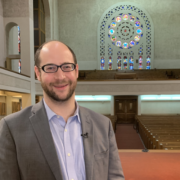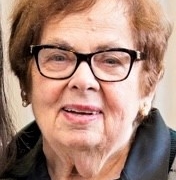The Fabric of Canada
What makes the fabric of Canada so beautiful is that it is knit in so many bright and diverse colours. Multiple identities are highlighted and made more beautiful through how other strands reinforce their difference. There is dominance and dominion – yet there is also striving and through transitions and blends, as buried threads reach the surface and are restored. Violent rips and pain tears also are in this complex landscape, as hate pulls us asunder, and leaves us feeling unsupported as we seek to find our place back.
Many of us have felt unsupported as anti-Zionism mingled with Anti-Semitism, and a foreign war became a mini-domestic conflict. And our community has been able to cast that aside as domestic terrorism has created new feelings of physical insecurity for our Muslim neighbours.
Just as in Torah study, there is a pshat, drash, remes and sod to that sentence – layers and layers of interpretation.
In the coming days, (on a Sunday afternoon to be confirmed soon), I want to invite you for an internal, Holy Blossom Temple conversation on the news of the day. I have received many phone calls and emails from both parents of 20s and 30s and members in our community in their 20s/30s, about a gap in experience in our community. It is almost as if – and we know this is true – their social media and news universes are totally different. Rabbi Lea Mülstein, Chair of ARZENU (our Reform movement Zionist political party), and a community rabbi in the United Kingdom where she has been holding similar conversations will interview two of our members about their view of the world they see around them, as it relates to anti-Racism and their Jewish identities. One of the interviewees will be Dr. Karen Mock, CM and the other will be Emily Albert.
And, I want to invite you also to watch a series of videos produced by our partners in fighting hate at the Noor Cultural Centre: http://islamophobia-is.com/watch/
One of the early Reform Rabbis – Emil G Hirsch – taught that when Joseph went into slavery, his clothes of many colours were replaced by a single coloured garment and that this colour change represents different types of societies. The slave’s garment is singular, and a uniform for a society of oppression. The clothes of many colours are the opposite – representing the freedom and diversity which are God’s image for the world.
The fabric is complex, and that adds to its beauty.




